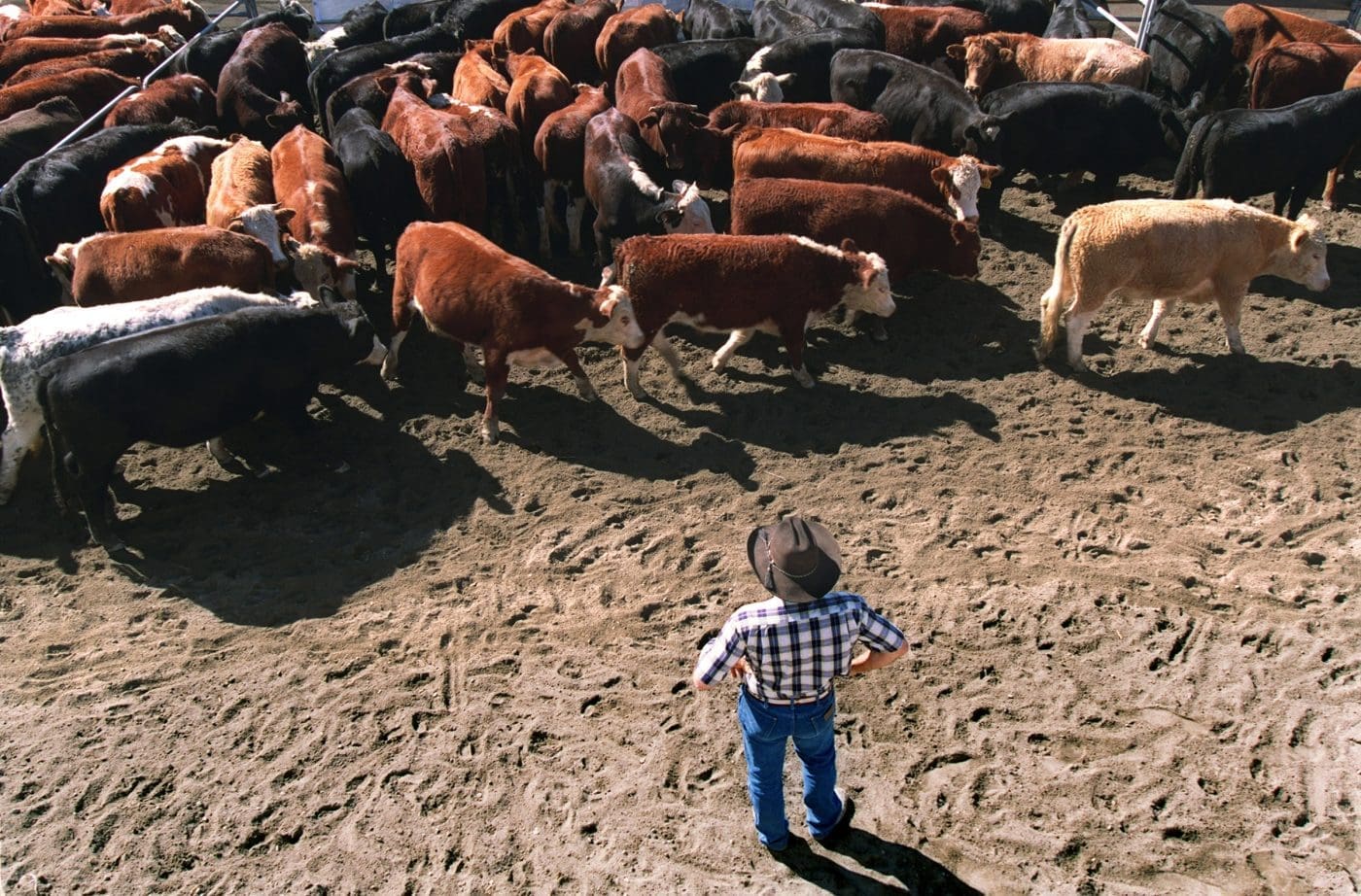 The Australian beef industry is unique, not only when compared to other national beef industries but even when compared to agriculture generally everywhere else in the world.
The Australian beef industry is unique, not only when compared to other national beef industries but even when compared to agriculture generally everywhere else in the world.
These unique features are primarily responsible for the dreadful financial position that the industry finds itself in today.
Quite simply, Australia and the rest of the world have had too many cattle for the last 40 years while the world has not had enough customers.
Anyone forced to export the majority of their production into this oversupplied market (only Australia!) gets screwed every time.
When I was still a student in 1973, a slaughter steer was worth about $1000. Today, a slaughter steer is worth about $1000.
The spending power of these dollars to the grower has declined relentlessly for four decades.
We also know that during that time costs of everything including inputs to beef production have gone up by about 3pc per year and that number needs to be compounded for 40 years too.
What other global agricultural commodity has experienced a cycle in which the downward part of the curve has lasted 40 years?
Lets hope that means the upswing will last just as long.
Given these simple truths, it is nothing short of a miracle that there is a beef industry left in Australia at all. The wonder of the Australian beef industry has been the capacity of all those involved to constantly improve performance while continually cutting costs.
And none of this uniquely unfortunate situation is the fault of anyone really, not government policies, not the MLA, not the processors, not the meat-workers or their unions, not consumers, not the aggressive lending of the banks which allowed so many to borrow too much, not the GFC or global warming, it’s all just a matter of elementary geography.
Australia is a huge piece of mainly mongrel country, stuck with a notoriously unreliable climate which dictates that a very large proportion of this land can only be used to graze livestock.
This same chunk of semi-desert can only support a human population of around 20 million, about the same as greater Jakarta. The result is, we have to export the majority of our production to a world that already has plenty of beef.
Nowhere else on the planet has these insurmountable constraints. New Zealand just switches to lambs or dairy. Argentina sells their cattle and grows soya beans instead. US farmers change to corn or cotton. India only produces mountains of buffalo beef as a “waste” product of their dairy industry. Brazil has lots of alternatives. China reviews its priorities and re-directs its resources into pork and chicken. The EU directs its technocrats to dream up a new fantasyland of bizarre subsidies to encourage beef farmers to switch to agro-tourism or forestry or truffles.
So the Australian beef producer is not guilty of anything, except living in the wrong country (in terms of making a profit from beef production for the last 40 years) and being a little too passionate about cattle and refusing to accept the fact that they could get a better return from almost any other alternative employment of their capital and labour.
It’s not because they didn’t move to economies of scale, ask AA Co how effective that is. It’s not because they haven’t developed some of the best genetics anywhere in the world. It’s not because they haven’t invested in marketing and R&D and innovated until they are blue in the face. And it’s not that they don’t work more hours in the week than almost any other industry.
Other agricultural pursuits don’t have the same unhappy combination of problems. The world always needs more grain and cotton and pork bellies sooner or later.
Cycles for all the other agricultural products just ebb and flow in three to four year cycles staggering through the tangled web of fluctuating production, changing consumer trends, uncooperative weather patterns and misguided government interference. Wheat farmers can change to another crop. Orange growers can pull their trees and plant wine grapes etc etc. Australian beef producers can only build a roadhouse on the local track and sell beer to tourists. It’s beef or nothing. Nobody else has these restrictions. This industry is an orphan, all on its own, with nobody to look after it but itself.
My heart goes out to producers in the droughted areas of Australia as they battle to hang on until the rains come, hopefully with enough left at that time to stay afloat.
This situation is even more tragic if you accept my proposition that the survivors will emerge into a new world order, absent for generations, where demand finally exceeds supply and the producer is king.
One in which the orphan suddenly finds a new bunch of long lost relatives made up of all those global customers who suddenly must have that beef which the orphan produces so efficiently.
So, all those producers out there, living on the edge, have to find the best solution for their enterprises to survive until the season breaks and hope to hell I’m right.
Dr Ross Ainsworth is a veterinarian with 40 years experience working in Northern Australia and South East Asia. He is a former long-term chief executive officer of the Northern Territory Livestock Exporters Associaiton.
